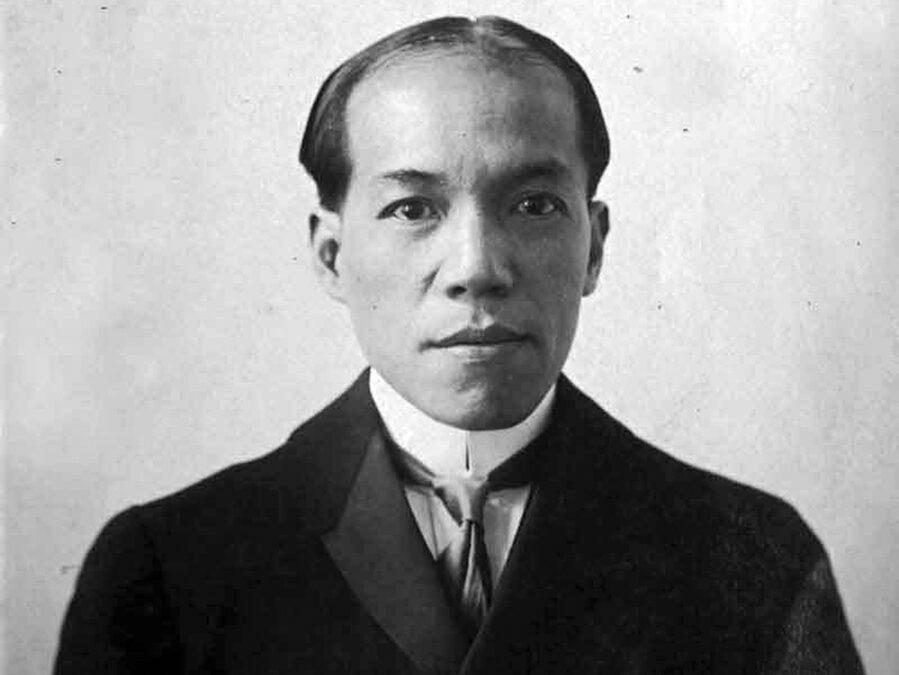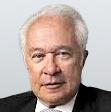Commentary
China today could be as much under the rule of law and as free as Hong Kong was guaranteed to remain under the 1997 Joint Declaration.


China today could be as much under the rule of law and as free as Hong Kong was guaranteed to remain under the 1997 Joint Declaration.